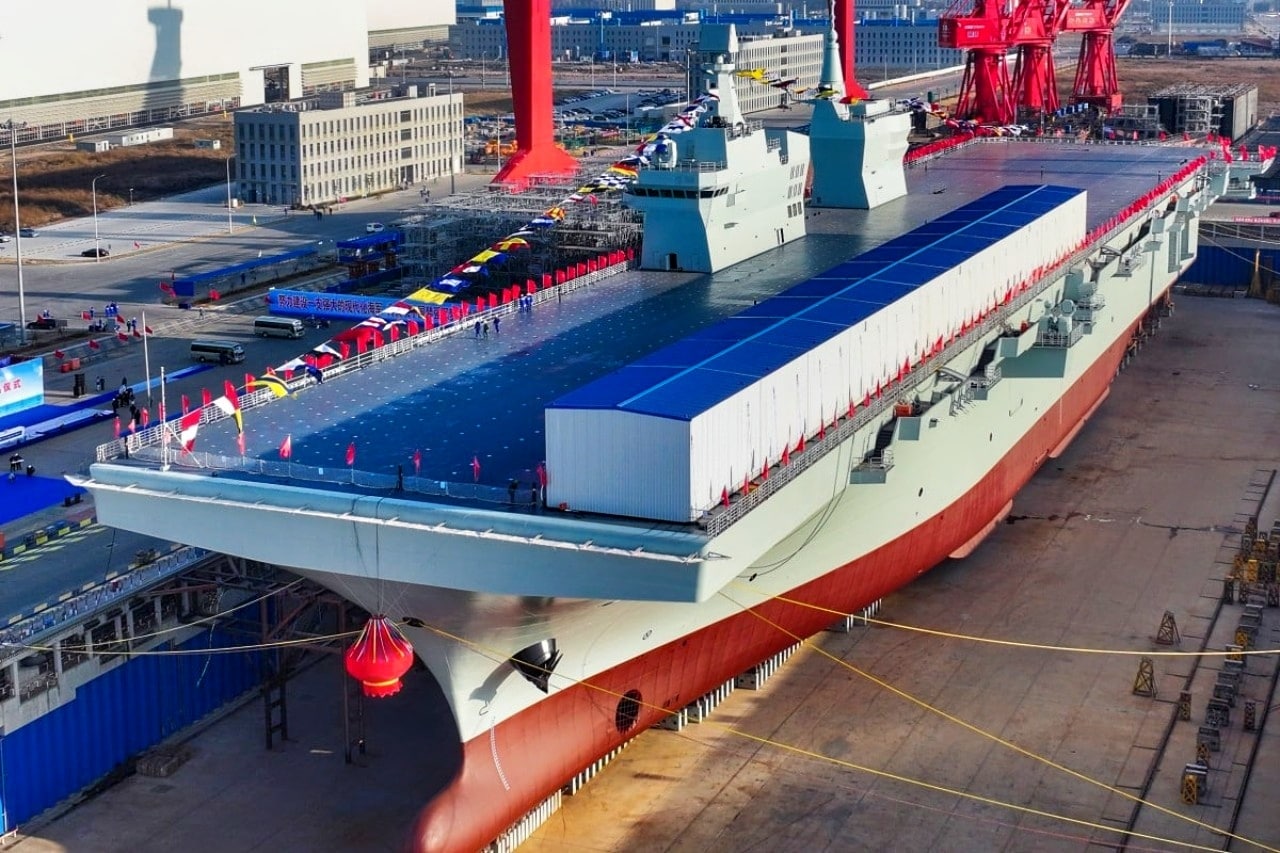Forget Aircraft Carriers: China’s Amphibious Assault Ships Might Be the Real
China's Expanding Amphibious Fleet: A Global Ambition

China’s military modernization has taken a significant leap with the expansion of its amphibious fleet. The introduction of advanced vessels like the Type 071, Type 075, and the newly launched Type 076 assault ships indicates ambitions that extend well beyond the Taiwan Strait. These ships are not merely tools for regional dominance; they are integral to China’s strategy for securing vital sea lanes, protecting its citizens abroad, and safeguarding its global investments, particularly in unstable regions like Africa. This article delves into the implications of China’s growing amphibious capabilities and the strategic motivations behind them.
The Evolution of China’s Amphibious Fleet
China’s journey towards a formidable amphibious fleet began in 2006 with the construction of the Type 071 class. This vessel marked a significant milestone, boasting a displacement of 25,000 tons and the ability to transport up to 800 marines. The Type 071 features a floodable well deck for launching military hovercraft and amphibious tanks, along with a helicopter landing pad. Currently, the People’s Liberation Army Navy (PLAN) operates eight of these vessels.
The evolution continued with the Type 075, which was commissioned in April 2021. This class of Landing Helicopter Docks (LHD) displaces approximately 35,000 tons and can accommodate around 30 helicopters. The Type 075 can transport a ground component of 1,000 to 1,600 marines, along with various military vehicles. Its capabilities allow for rapid deployment and resupply, making it a versatile asset for both combat and humanitarian missions.
The latest addition, the Type 076, launched in December 2024, represents the pinnacle of China’s amphibious ambitions. This vessel is speculated to displace over 50,000 tons and features advanced Electromagnetic Aircraft Launch Systems (EMALS), enhancing its aviation capabilities. The Type 076 is designed to project power globally, serving as a command ship for air operations and amphibious assaults. However, to fully leverage these advancements, China must establish more overseas military bases, reflecting a strategic shift in response to past vulnerabilities, such as the 2011 Libya evacuation.
Strategic Motivations Behind the Fleet Expansion
The expansion of China’s amphibious fleet is driven by multiple strategic motivations. While the immediate thought may be the potential for an invasion of Taiwan, the reality is more complex. China’s amphibious capabilities are not yet sufficient to transport its entire invasion force. Instead, they are designed to deploy highly trained expeditionary forces as an initial strike, with additional support from civilian transport vessels.
Beyond Taiwan, China faces the pressing need to protect its vast imports of natural resources and safeguard its citizens working abroad. Since joining the World Trade Organization in 2001, China has become heavily reliant on raw materials sourced from various global locations. The sea lanes that facilitate this trade are vulnerable to disruption, particularly from the U.S. Navy and regional adversaries like India. Therefore, a robust navy and amphibious fleet are essential for protecting these critical supply routes.
Half of the U.S. Navy’s Amphibs Have Serious Maintenance Problems
Moreover, the safety of Chinese nationals abroad has become a significant concern. In 2011, during the Libyan civil war, China faced a national embarrassment when it struggled to evacuate 13,500 citizens. This incident underscored the necessity for a capable military response to protect its citizens in unstable regions. As of September 2024, over one million Chinese nationals were working abroad, many in Africa, a continent that has experienced significant political instability in recent years. The establishment of military bases, such as the one in Djibouti, allows China to respond swiftly to emergencies and reinforce its influence in these regions.
The Future of China’s Amphibious Operations
As China continues to develop its amphibious fleet, the future of its military operations looks increasingly robust. The PLAN’s capabilities now allow for significant military operations far from its shores. However, to solidify this capability, China must construct additional naval bases in strategically important areas. Currently, it has only one official military base in Djibouti, but it can also utilize its commercial shipping ports for military purposes, thanks to its civil-military fusion strategy.
The growing amphibious fleet is a direct response to China’s massive overseas investments and its reliance on imported raw materials. With 40% of Africa’s mineral exports and one-third of its ore and metal exports going to China, the need for a secure supply chain is paramount. The PLAN’s ability to protect these resources and its citizens abroad will likely shape China’s foreign policy and military strategy in the coming years.
In conclusion, China’s expanding amphibious fleet is not just about regional dominance; it is a multifaceted strategy aimed at securing vital resources, protecting its citizens, and projecting power on a global scale. As the fleet continues to grow, so too will China’s influence in international waters.
